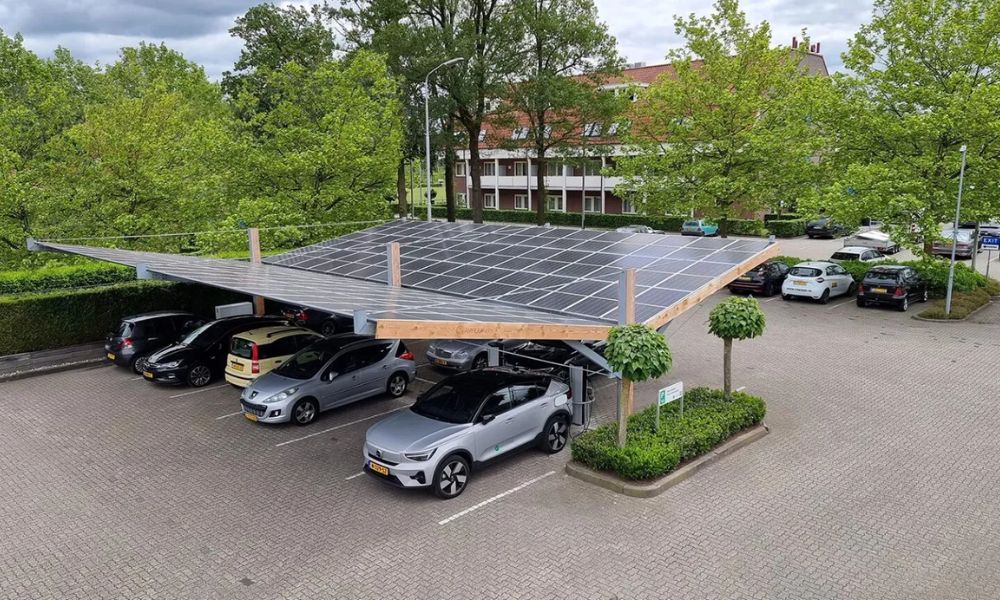With the arrival of the Indian monsoon, the country is experiencing much-needed relief from the scorching summer heat. However, this season also brings its fair share of challenges, particularly for car owners who do not have access to indoor parking. With a significant number of vehicles parked on the roads, exposed to extreme weather conditions, it’s essential to take steps to protect your car. Here are some simple yet effective measures to ensure the safety of your vehicle during the monsoon.
1. Maintain the Exterior of Your Car
Regularly cleaning and maintaining the exterior of your car is crucial in preventing its deterioration. The rain and humidity during the monsoon can lead to rust formation. To safeguard against this, consider painting your car whenever necessary. A fresh coat of paint acts as a protective layer for the metal body, preventing rust and damage. Additionally, waxing the car can provide extra protection. Don’t forget to pay attention to the bottom of your car, as it is more exposed to dirt and water. Professional polishing can help prevent corrosion in this area.
2. Check Your Tyres
Tyres require special care during the monsoon as they tend to wear out quickly and can affect your car’s overall performance. Proper tyre maintenance is essential to ensure your safety on the road. Regularly inspect your tyres to ensure they have sufficient tread depth, which helps improve traction and reduces the chances of losing control of your car on wet roads. You can use a coin or tread-wear indicator to determine if it’s time to replace your tyres.
3. Maintain Your Lights
Headlights, fog lights, and taillights play a critical role in enhancing visibility during the rainy season. Reduced visibility, coupled with fog, can make it challenging to navigate the roads safely. Regularly check and clean your lights to ensure they are working correctly. Replace any bulbs that are not functioning properly. Adequate lighting is crucial for your safety and that of other drivers.
4. Inspect Your Car’s Battery and Wiring
To avoid being stranded on the road during heavy rains, make sure your car’s battery is in good health. If your battery is low, consider replacing or charging it in advance. It’s also important to ensure that the wiring of your car is adequately protected and does not come into contact with water. Check under the car’s hood for any exposed or uncovered wires. Proper insulation and protection of the wiring system will prevent electrical issues and potential breakdowns.

5. Ensure Proper Functioning of AC and Windshield Wipers
During the monsoon, your windshield wipers become an indispensable tool for maintaining visibility. If your wiper blades squeak or do not remove water effectively, it’s time to replace them. Regularly clean the glass surface and keep the wiper-washer fluid topped up. Additionally, a well-maintained AC system will help combat the humidity, prevent fogging, and ensure a comfortable driving experience.
6. Test Your Brakes
Brakes are crucial for safe driving, especially on wet roads where reduced friction can make it challenging to stop your car quickly. To ensure optimal braking performance, regularly inspect and maintain your brakes. Worn-out brakes can lead to accidents that could have been easily avoided with proper maintenance.
7. Get Professional Servicing
While you can take several steps to care for your car, some tasks are best left to professionals. Regularly servicing your car by experienced technicians is essential. They possess the expertise to identify underlying issues that may go unnoticed by inexperienced eyes. Professional servicing and cleaning will keep your car in good condition and minimize the risk of unexpected breakdowns on the road.
Even with thorough preparation, driving on wet Indian roads can be challenging and potentially dangerous. Limited visibility, slippery surfaces, and hidden potholes pose additional risks. In such scenarios, it’s important to
remain composed and prioritize your safety. Consider either waiting out the rain or, if necessary, driving at a slower pace. Keep your AC and headlights on, ensure all equipment is functioning properly, watch out for oily roads, and maintain a safe distance from other vehicles. Just as social distancing is the new norm, maintaining a safe distance while driving is crucial.
By following these guidelines and practicing safe driving habits, you can protect your car and ensure your own well-being during the monsoon season.
Read More:




